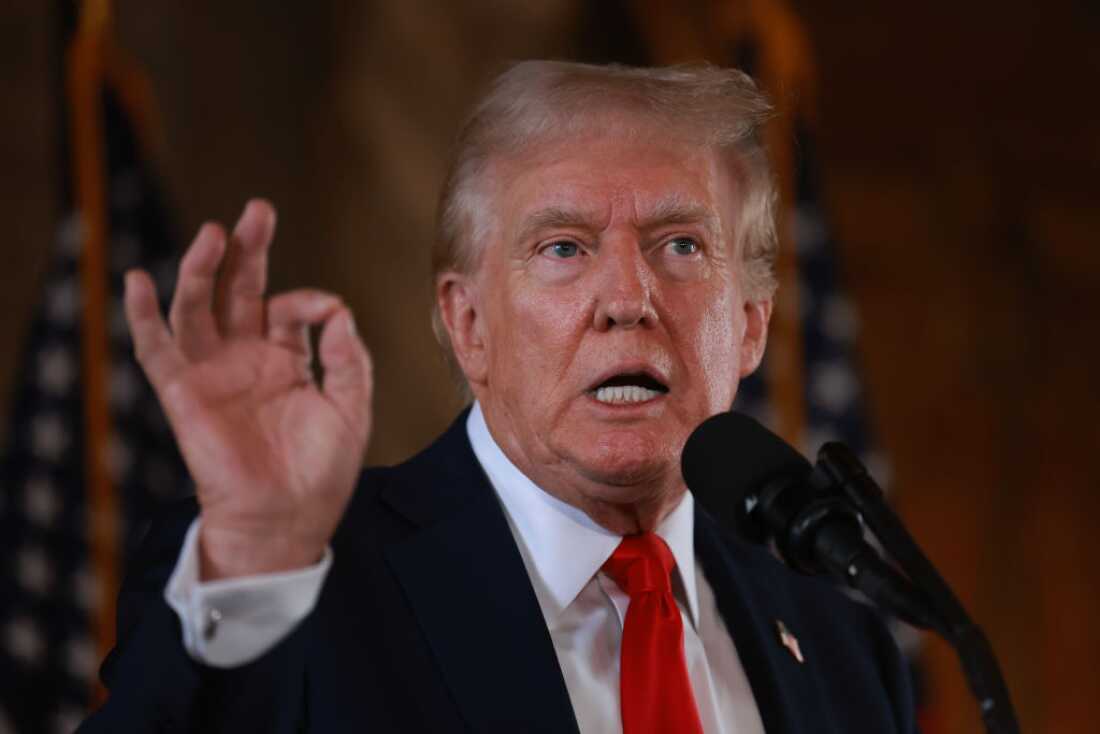Even with various internal and external challenges, the U.S. economy persists in showing resilience, surprising experts who forecasted declines that have not yet entirely occurred.
During the last few years, the economy of the United States has faced numerous challenges, ranging from worldwide health emergencies and geopolitical tensions to ongoing inflation, supply chain issues, and political disputes that have affected investor confidence. Nevertheless, despite these challenges, the economy has consistently demonstrated its strength, showing growth in situations where it was expected to stumble. This continuous performance has stirred discussions among economists, government officials, and business leaders regarding the fundamental factors that sustain economic stability in the USA.
The impact of worldwide challenges and national instabilities
When the pandemic initially expanded worldwide, numerous predictions anticipated that the U.S. economy would suffer lasting harm. Yet, vigorous fiscal interventions, quick business adaptations, and creative changes in consumer habits helped soften the impact. Although other countries encountered extended economic downturns, the United States managed to recover at a faster pace, even astonishing experienced financial analysts.
As inflation became the next dominant concern, the Federal Reserve raised interest rates at a pace not seen in decades. Many feared such measures would slow economic activity dramatically or lead to widespread job losses. Instead, while certain sectors cooled, overall employment remained strong, and wages continued to rise in several industries. This combination of tight labor markets and consumer spending power defied traditional expectations about how an economy should react under these conditions.
Additionally, global conflicts and trade disagreements introduced further pressure, especially in the energy sectors and agricultural exports. However, the U.S. economy adjusted by broadening its supply networks and relying more on local production when feasible. Although variations in prices posed challenges for families and enterprises, the overall economy continued to progress.
Consumer confidence and business adaptability
One of the clearest indicators of resilience has been the continued confidence of American consumers. Despite headlines warning of potential downturns, people have maintained spending habits, particularly in areas such as travel, entertainment, and retail. This spending, even if tempered by higher prices, has kept demand strong and motivated businesses to continue investing in operations and expansion.
American companies have also demonstrated a remarkable capacity to adapt. Whether through digital transformation, remote work integration, or streamlined logistics, businesses have restructured themselves to navigate challenges. Many enterprises, particularly small and medium-sized firms, have found innovative ways to cut costs while meeting customer expectations. This entrepreneurial agility has played a key role in softening economic shocks that might otherwise have led to contraction.
Another aspect is the continuous arrival of industries and startups driven by technology. Domains such as AI, green energy, and biotech have boosted employment and investment prospects, balancing out declines in more conventional areas. These engines of expansion not only enhance the present stability but also indicate a future economic shift that may protect the nation from upcoming challenges.
The ongoing debate about sustainability
Although the strength of the U.S. economy is clear, there are ongoing debates about how sustainable this robustness truly is. Detractors claim that significant government debt, ongoing inflation, and increasing inequality might ultimately undermine the basis of stability. Meanwhile, some highlight the possibility of international financial disturbances, environmental issues, or emerging geopolitical tensions posing new challenges to the system’s resilience.
Supporters, however, emphasize that the American economy has historically shown an ability to recover from adversity, often emerging stronger after periods of disruption. They highlight the role of innovation, consumer strength, and institutional adaptability as cornerstones that continue to drive progress even in uncertain times.
The truth likely lies somewhere in the balance between these perspectives. While risks are undeniable, so too are the opportunities for continued growth and reinvention. What sets the United States apart is not the absence of challenges, but its capacity to absorb them and find new pathways forward.
In the end, the story of America’s economy is less about invincibility and more about resilience. Each trial underscores the interplay between risk and adaptability, between hardship and opportunity. And as long as these dynamics remain in motion, predictions of collapse may continue to be proven premature.




